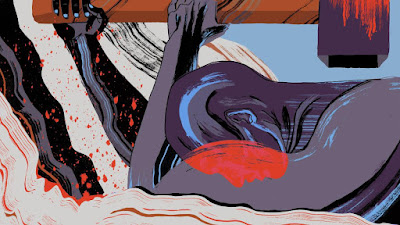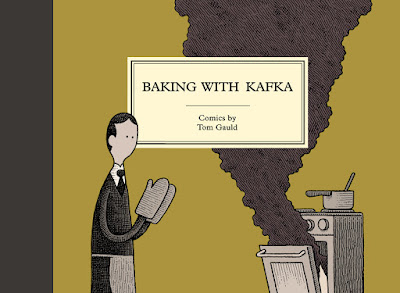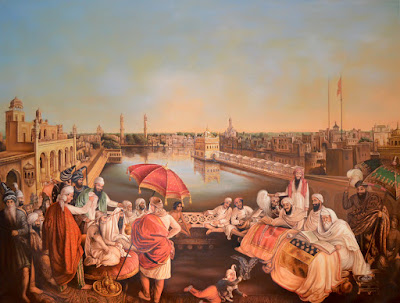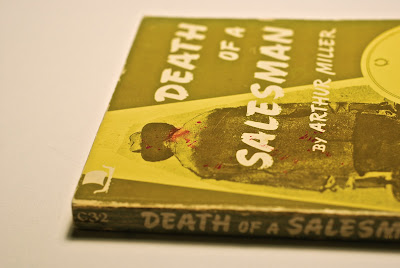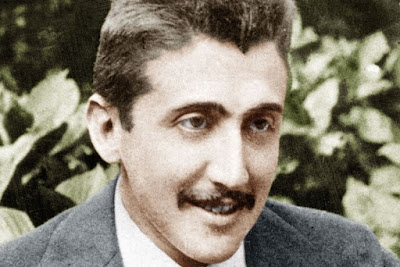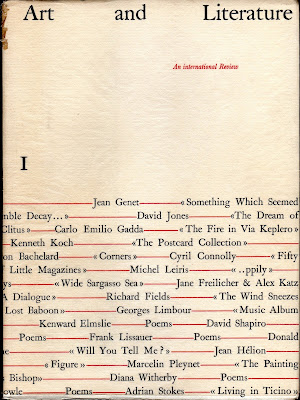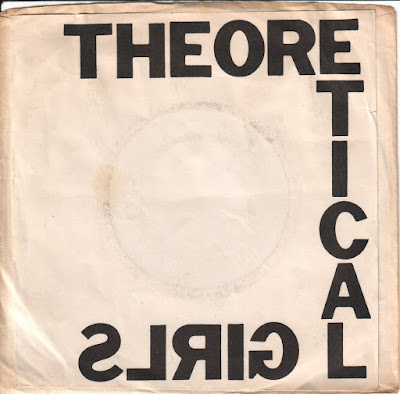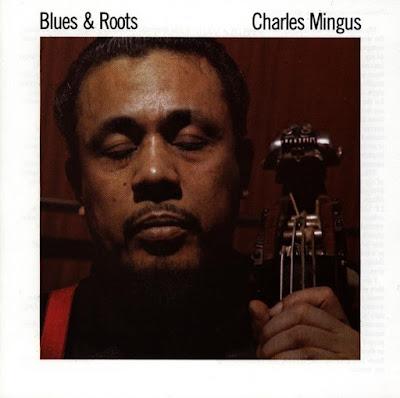
Wikipedia - "Sings Reign Rebuilder is the debut album of the Canadian band Set Fire to Flames. It was released by Alien8 Recordings, FatCat Records in 2001. An underlying concept in the work is the lyingdyingwonderbody, which consist of spoken word passages dealing with theoretical and political concepts that concern global climate and love. The album was recorded in a century old house (either named or later dubbed 15 Ontario) apparently bound for destruction. From the liner notes: 'your bulldozers and wrecking ball can make match-sticks out of the rickety staircase and crookt/creaking floorboards---but they can't erase the recording that was made here.' As such, several sounds usually edited out of the recording process, including creaking floors, paper shuffling and outside noises, were left intact on the final album. ..."
Wikipedia
Discogs
allmusic (Audio)
YouTube: Sings Reign Rebuilder [Full Album] 1:13:33








